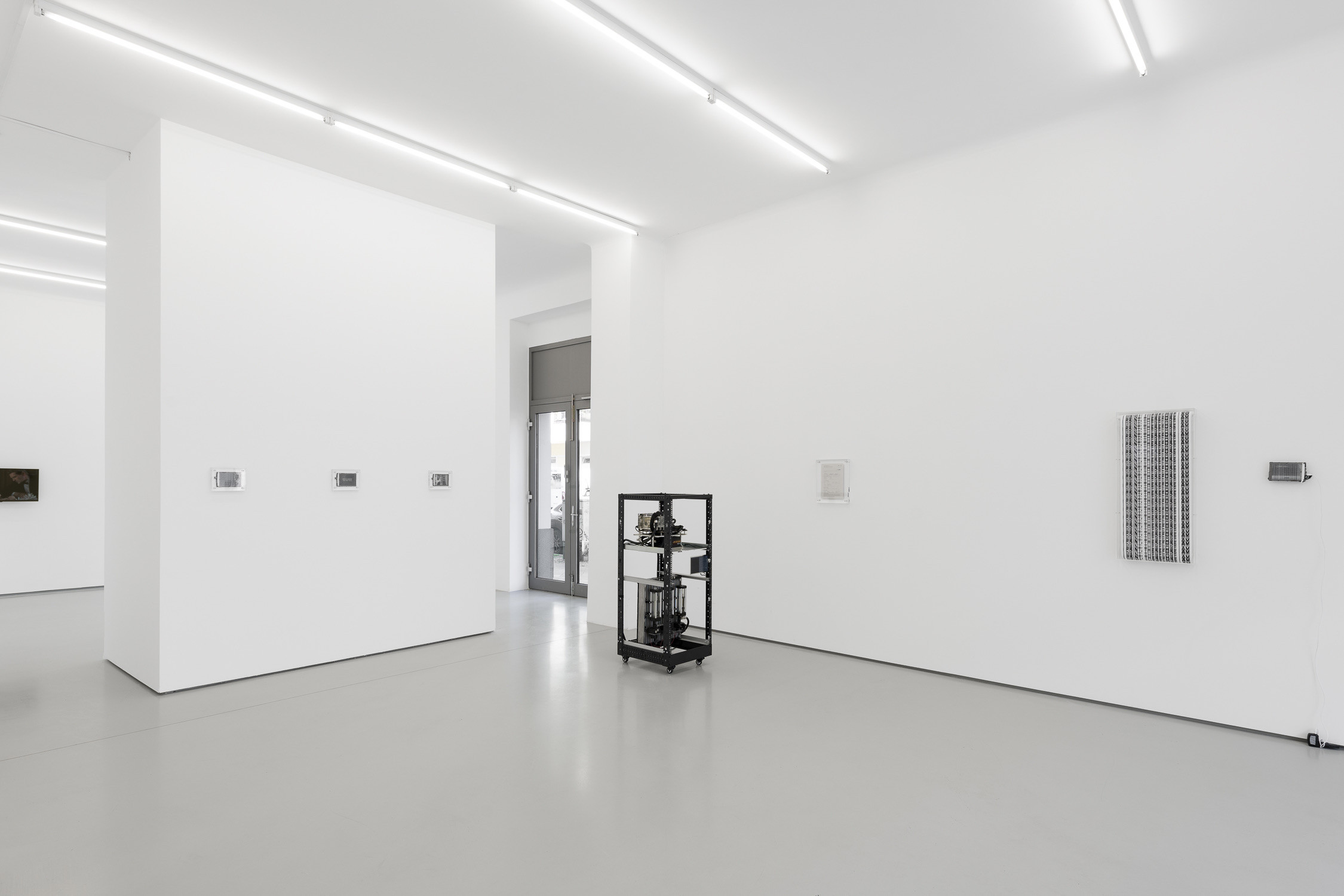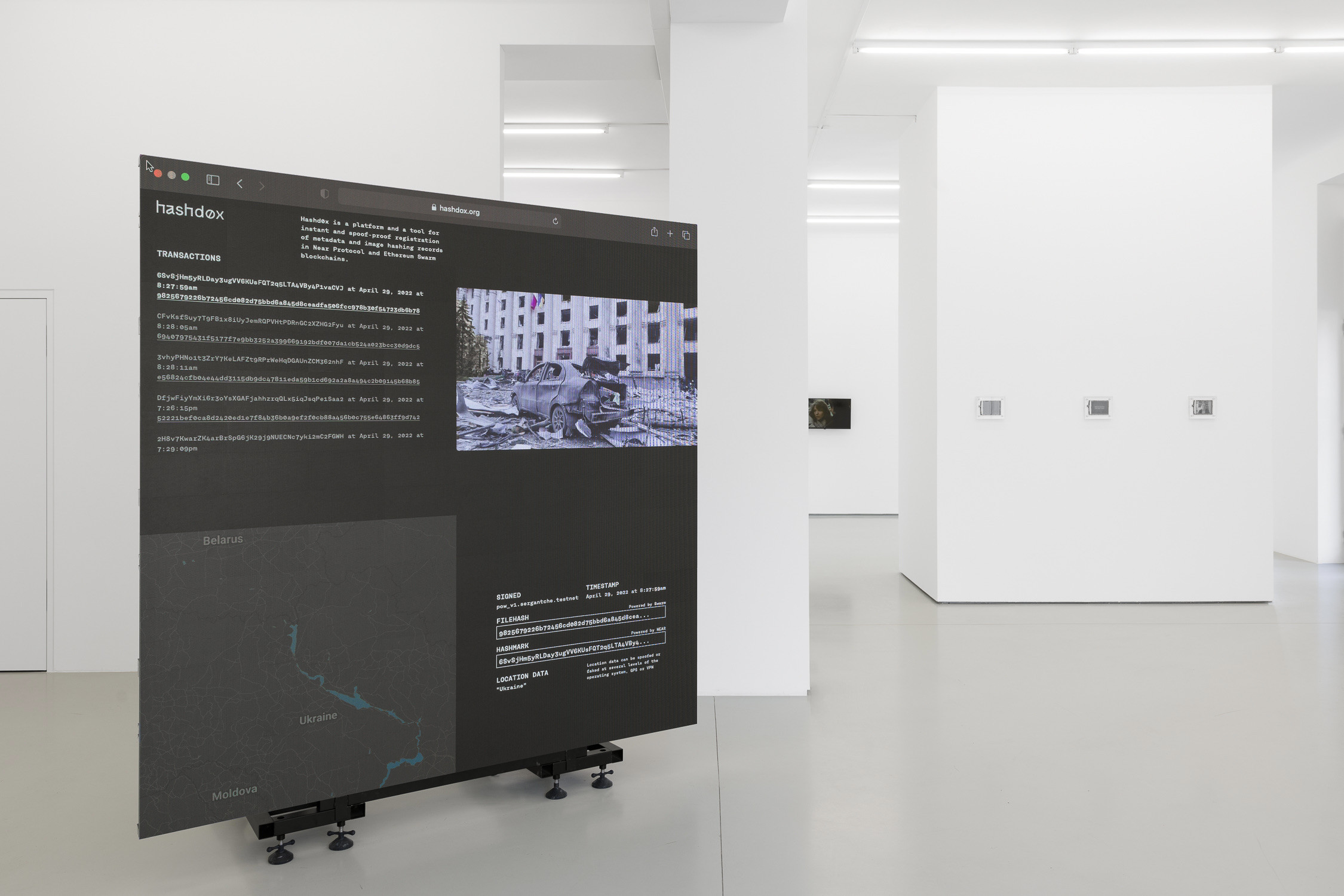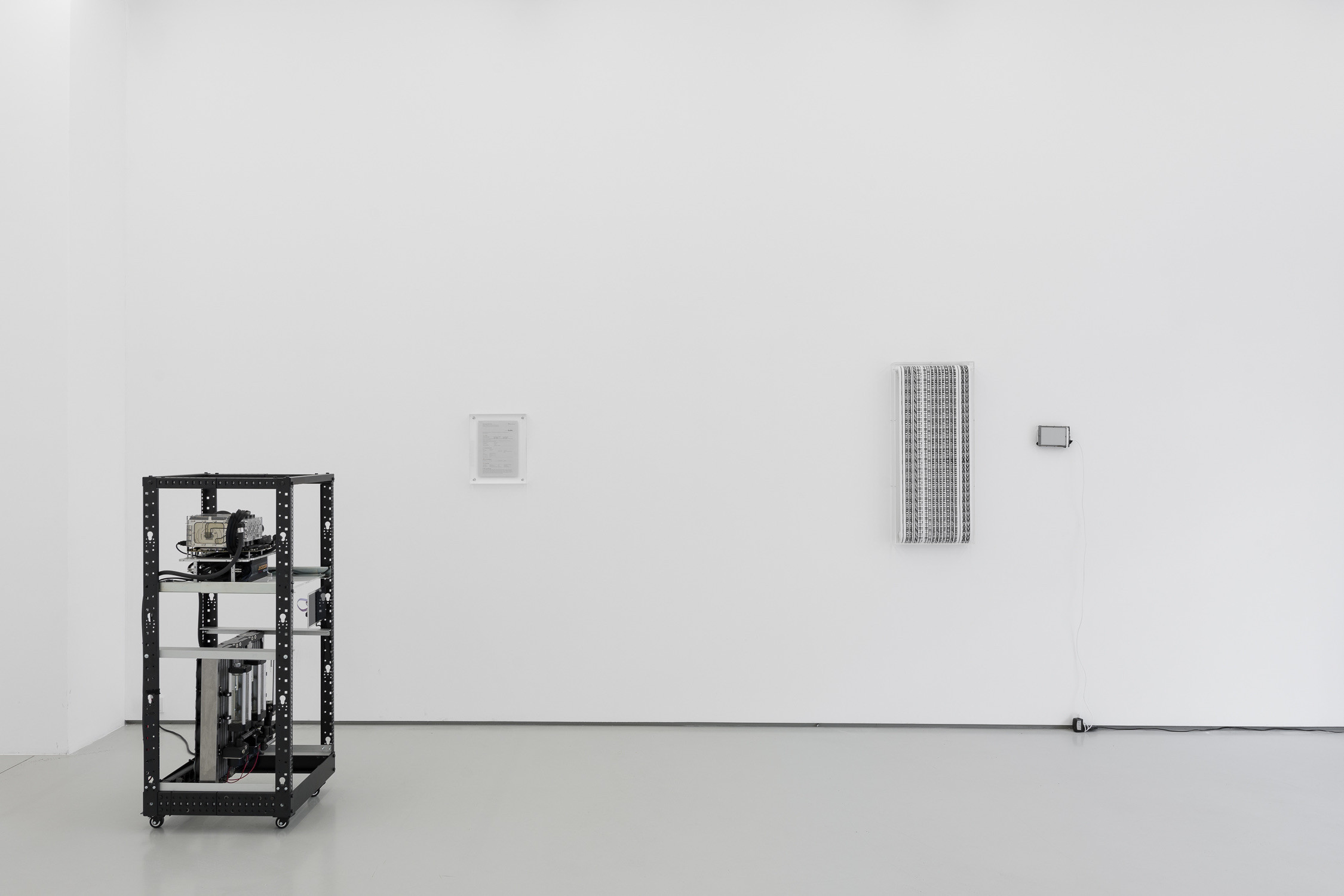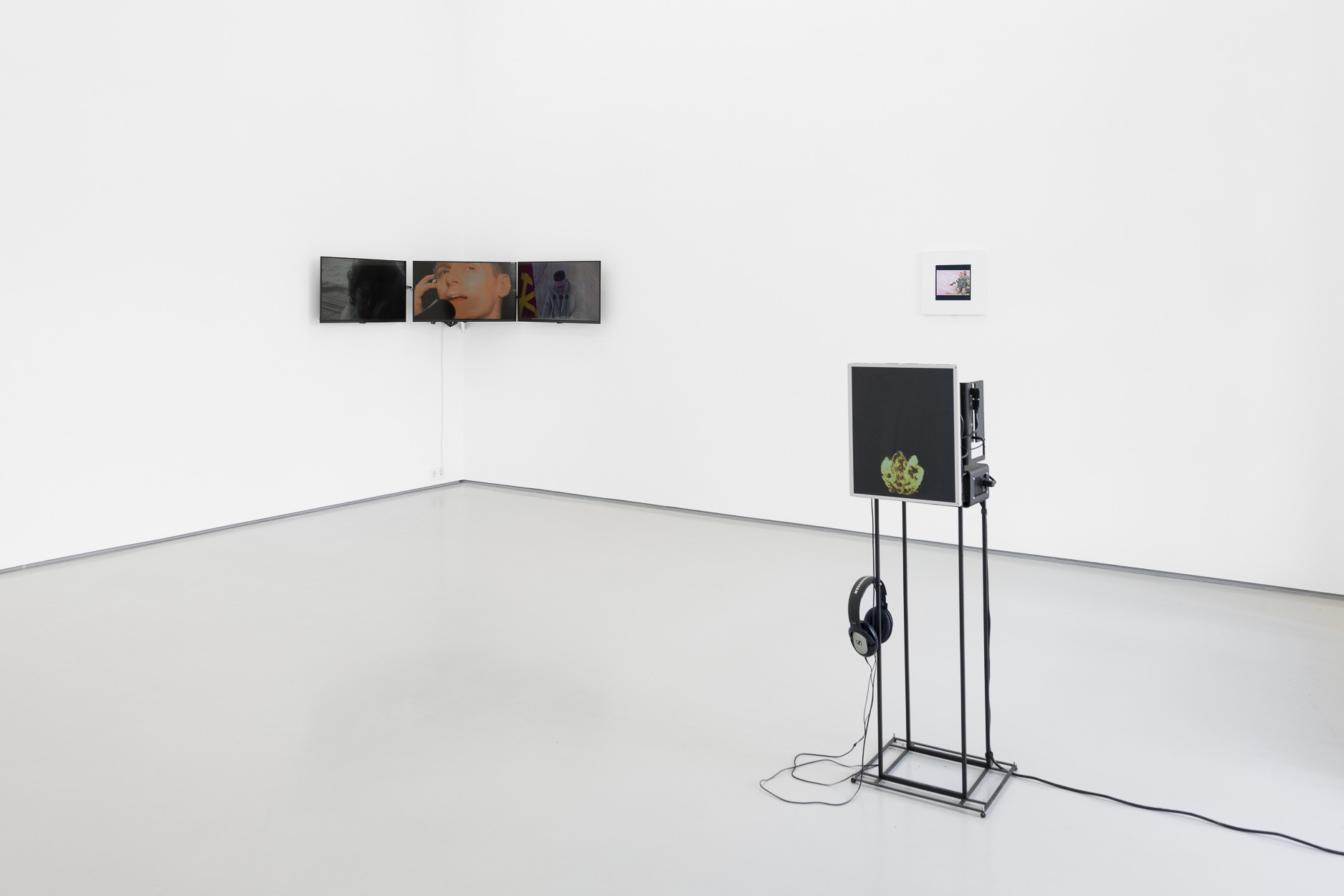





Dealing with the idea of censorship-proof archiving, text by Stine Gustafsson
Though some new technology is presented as something that can withstand the test against censorship and suppression, the reality is that in many cases the same technology might at a later stage resurface in new shapes, and be used in opposite ways, for cases such as propaganda and the spreading of misinformation. What is created now, with the intention of good, might later be turned against us. But it’s maybe not so much about resisting creating these new systems and new technologies, but more about always being one step ahead, being aware of what it can be used for.
In Lies, Half-Truths & Propaganda [The Bad, the Worse, and the Worst] Russian-Austrian artist Egor Kraft opens up questions about these ideas, and the possibilities these new technologies are able to offer to counterweight and work against the realities of propaganda and misinformation during a time of war. The artworks presented are all dealing with the notion of censorship, archiving, preservation and how to create and consider solutions and alternatives to counterpoise fake news, manipulated images, and misinformation.
The pieces included range from highly technical ideas and apps, with direct solutions, to more conceptual works which offer deeper reflections on what is or isn’t presented in the mass media channels and state-regulated outlets. The solutionist concept of technology is always present, but its subtlety allows for focus on the conceptual layers of what archiving, preservation and documenting in times of censorship might mean.
The new work Proof of War (2022) by Egor Kraft offers an alternative approach to how we might deal with the verification of manipulated images, an issue which has been very present not only during the ongoing war in Ukraine but also in daily life. Consisting of a new app and a platform called HashDox, the piece puts the idea to practice, offering a real functioning way for witnesses or even professional photo-journalists to create time, content and extended metadata stamps recorded on the blockchain at the time of material collection. It offers a set of methods to verify origins and track manipulations of images, creating a hashmark on the images, something that can be likened to the blockchain version of a watermark.
In Apologizing Men (2021) by Julia Niemann & Leonie Seibold, the viewer is confronted with something as simple as exactly what the title suggests – apologizing men. Though not totally foreign, when reflecting upon it, it becomes clear that images like this are usually something fleeting, a brief account of admitting to guilt or something else, and nothing that we normally see for a longer sequence of time.
Acting as almost an archive of these apologizing men, gathered from found footage from films, press conferences and popular culture, the piece again offers the viewer a way of reflecting upon what we normally see in media outlets. Together with За/Схід (2017) by Vova Vorotniov, it offers a way of witnessing alternative realities that exist outside state-regulated channels and mass media.
In За/Схід, simple apps and solutions such as Instagram are presented as a potential answer to how to introduce narratives that are not normally presented in media outlets. In 2017, Vorotniov set out to walk from his hometown of Chervonohrad, Lviv Oblast, close to the Polish border in the west of Ukraine, to Lysychans’k, Luhansk Oblast, near the Russian border in the east. His walk was documented in what was referred to as Insta-diary, showing views such as houses, fences, gates, monuments, shops, bus stops, and roadside crosses. The motifs were repeated and allowed for the systematisation of the landscape of towns, villages and countryside throughout Ukraine. Vorotniov wanted to see if he might witness a change throughout the country, a narrative that is commonly used in Russian propaganda to justify a geographical divide between the west and east of Ukraine. Though presented and archived on a platform that is not censorship-resistant, the simple act of documenting a walk from the West of Ukraine to the East of Ukraine presents a narrative that is not commonly heard. The documentation of the walk is simple but offers a clear counterargument to the propaganda that Russia has been presenting since 2014, through which Russia has been constructing a narrative in which the east and west of the country don’t share similar political preferences or even goals.
Though it is easy to be blinded by shiny new technology, we should not forget that oftentimes these systems become more fragile with time. Robustly built applications might turn out to become less resistant to altercations, and caution in terms of relying on these systems should always be practised. The notion of always being one step ahead seems more important than ever right now, and with this exhibition, Kraft offers a hint of what this might mean.
Lies, Half-Truths & Propaganda [The Bad, the Worse, and the Worst], which was realised as a reaction to the current war in Ukraine, includes pieces by Egor Kraft himself, as well as a selection of pieces by fellow artists, all invited by Kraft. All works expand on the notions of propaganda, misinformation, media hypnosis and other political projects of apathy.